By Kevin Allen
Early on the morning of December 16, 1944, the commander of the U.S. 406th Artillery Group, Colonel George Axelson, had a difficult decision to make. The Germans had just launched the offensive that would become known as the Battle of the Bulge, and one of their first targets was the 38th Cavalry Squadron, dug in around Monschau, Germany. The lightly armed cavalry troopers needed help, and the commander quickly called for artillery support from the 406th. Axelson had just the thing: a new, secret artillery shell that had just been issued. The problem was that Allied commander Dwight Eisenhower had not yet given permission to use the weapon. Axelson decided that the emergency trumped the restrictions and ordered his gunners to use the new shell. Minutes later, rounds equipped with a new radio proximity fuse started exploding right over the heads of the attacking Germans. The attack collapsed.
Use of the proximity fuse in the Battle of the Bulge marked a final milestone in one of the most extraordinary scientific efforts of the war, rivaling that of the atomic bomb. Like the Manhattan Project, it involved teams of scientists struggling to overcome technical and physical obstacles in absolute secrecy. An estimated 3 percent of all the physicists in the United States were working on the project at one point.
Ushering in a New Age of “Wizard War”
The proximity fuse—a fuse that would explode just before reaching its target—had long been a dream of gunners. The two existing types of fuses, contact and timed, left much to be desired. A contact fuse literally had to hit its target to work, and a timed fuse depended on the judgment of whoever set the timer. In the Napoleonic and American civil wars, soldiers sometimes disabled timed shells by putting out the fuses after the shell landed.
Neither fuse was well suited to dealing with airplanes. An antiaircraft shell had to go off within 100 feet of a plane to be sure of damaging it. Antiaircraft shells with contact fuses had to actually hit a moving aircraft, while timed fuses that were even a fraction of a second off could explode too far away to do any damage. The only practical solution was to fire hundreds of rounds at a target to increase the chance that one of them might hit it.
Getting a more sensitive and technically advanced fuse into antiaircraft ammunition was far from easy. For one thing, the shells were not very big, and the components of the time were not very small. The acceleration generated when the guns fired could shatter things like glass tubes. When World War II began, the technical challenge quickly became a high priority. German efforts never went very far, and the Japanese did not develop and deploy a workable fuse until the end of the war.
British efforts to come up with a proximity detonator were part of what Prime Minister Winston Churchill called the “Wizard War.” The British initially concentrated on photoelectric fuses, which used light-sensitive receptors to determine when a target was close enough to hit. Photoelectric fuses could fit into the larger warheads of antiaircraft rockets and were better known (several inventors had already filed patents on various designs).
Churchill, stressing the enormous importance of getting a proximity detonator in production as soon as possible, was among those pushing the photoelectric fuses. While British scientists also worked on a radio transmitter, the general feeling was that it would take too long to develop. Photoelectric triggers had their own problems, among them a tendency to go off because of light reflection from other sources, and the fact the fuses were of little use at night. By the time the British worked out a production-ready model, their U.S. allies had come up with their own, more effective radio fuse.
The Origins of the Proximity Fuse
American efforts began in 1940 with the creation of the National Defense Research Council. The group, chaired by Carnegie Institute president Vannevar Bush, was to coordinate and direct research efforts on military-related projects. Immediately upon creation, NDRC asked the various services for their wish lists. At the top of the Navy’s list was development of a proximity fuse for its antiaircraft guns.
NDRC turned the problem over to the Department of Terrestrial Magnetism at the Carnegie Institute, and its director, Dr. Merle Tuve. Tuve’s group later became Section T of NDRC’s successor, the Office of Scientific Research and Development. Researchers explored a number of different approaches, including photoelectric, radio wave reflection, acoustic, and ground-controlled fuses.
NDRC pulled in researchers from the National Bureau of Standards to work on proximity fuses for Army ordnance, primarily bombs and rockets. An informal division was set up, with the Navy and Section T working on fuses for rotating projectiles such as shells, and the Army group (later separated into its own division, Section E) developing nonrotating projectiles such as bombs, mortars, and rockets.
Section E’s Army ties meant those researchers had to cope more with internal opposition, specifically from the Army Air Forces. AAF brass, including General Henry “Hap” Arnold, were concerned that development of the fuses would inevitably lead to the enemy getting its hands on them and turning them against Allied planes and pilots. In addition to tight security, this led to an unusual edict from the Combined Chiefs of Staff: there would be no use of a proximity fused weapon anywhere that it could be recovered and reverse-engineered.
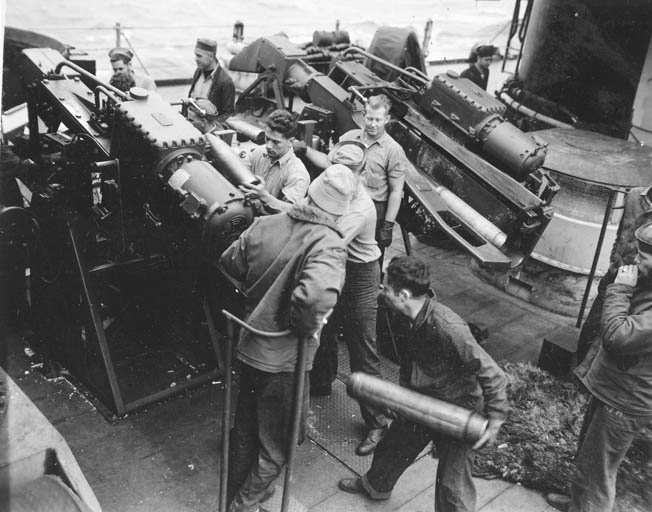
Testing the Components: a Collaboration with the British
Research started to take off after British scientists visited the United States in September 1940 as part of an information exchange program. The British group, led by Sir Henry Tizard, brought a number of developments, among them a circuit design for a fuse utilizing a radio oscillator. Tuve’s group realized that if the components could be made strong enough to withstand the shock of firing, they could be fitted into a shell for a 5-inch antiaircraft gun. That would allow sending a radio signal from the shell and using the signal’s reflection from the target to trigger the fuse—in essence, a sort of mini radar.
Developing rugged components was a critical obstacle to making a radio fuse. Section T researchers started testing various means to make sure the glass tubes and circuits could survive the shocks. They mounted tubes in metal blocks and fired .22-caliber bullets at them, put them in lead tubes and dropped them off buildings, and fired them from homemade cannons. At one point, Section T even explored the idea of metal vacuum tubes. However, researchers found that mounting the tubes (which were about the size of a pencil eraser) in blocks of plastic and coating them with wax enabled them to withstand acceleration forces of up to 22,000 gs.
Researchers also had to tackle finding a battery small enough to generate the power for the radio. While cutting down dry-cell batteries (like those in hearing aids) worked, they proved to have a very short shelf life. Realizing that a battery was basically zinc plates immersed in acid, the developers came up with a battery made of a glass ampule filled with acid surrounded by small metal plates. When the shell was fired, the glass broke and the acid covered the plates. While it did not generate power for long (less than two minutes), it was more than enough for the shell’s flight.
Scientists still had to make sure the shell would not go off too soon. If the radio transmitter started too quickly, the gun could reflect the radio wave and the round would go off in the gun barrel, with obviously unfortunate results for the crew. Developers designed fittings that would short-circuit the power to the transmitter for a half second.
New Technology in Action
Work on the shells moved more quickly than the nonrotating projectiles, in part because of the Navy’s intense interest—a senior officer on the project said every month’s delay in developing a proximity fuse was equivalent to losing a cruiser. Section T had a successful test of a 5-inch shell with a transmitting fuse by June 1941. By the first half of 1942, they had progressed to test-firing over water and at model versions of Japanese airplanes to determine damage patterns.
The first practical test came on August 13, 1942. The cruiser USS Cleveland, equipped with proximity-fused 5-inch antiaircraft shells, destroyed two drones in rapid succession. The results stunned Navy officers, particularly those in charge of the drones. They had never seen any of them totally annihilated before and had no more to send against the Cleveland. They did find a third drone the next day, but the shells brought it down almost immediately.
That was enough for the Navy. By the end of the year, 5,000 rounds of the new ammunition were shipped to the Southwest Pacific, where they were distributed to the carriers Enterprise and Saratoga, and the light cruiser Helena. The proximity fuse entered the war on January 5, 1943. A cruiser and destroyer task force was returning to Guadalcanal in the Solomon Islands after a raid against enemy airfields when Japanese dive-bombers struck. On board Helena, Lieutenant “Red” Cochrane, in charge of the 5-inch antiaircraft guns, opened up on one of the bombers and brought it down with his second salvo.
It would be the first of many. By the end of the year, about half of the hits on Japanese planes had been credited to the new ammunition. With the Navy’s needs met for the moment, Section T turned its attention to creating versions of the fuse for other weapons, particularly the British Navy’s antiaircraft guns. It would not be as simple as just taking the same fuse and putting it in a different shell. British shells were smaller, which meant smaller components. Scientists also had to take into account the different characteristics in each gun, from the force of the acceleration to the rate of spin. Eventually, the Allies developed fuses for 28 different gun types. By September 1943, proximity fuses had been issued to British cruisers in the Mediterranean.
Proximity Fuses of the U.S. Army
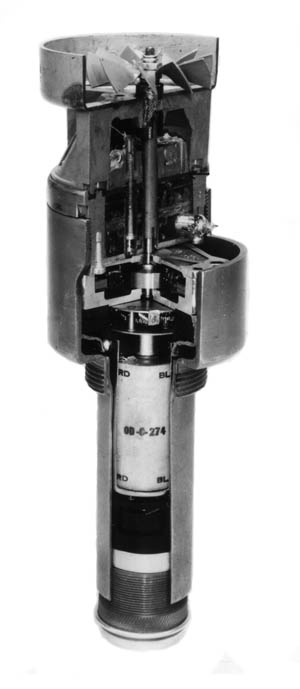
Meanwhile, the U.S. Army had developed enough interest in the fuses to start looking for its own versions. In May 1942, it called on Section E to develop a fuse that could be used in a 4.5-inch rocket. The idea was to use the rocket against German bomber formations. Section E head Harry Diamond managed to come up with a fuse design in two days. By the time the fuse got into mass production, however, the German bomber threat had all but disappeared.
In some ways, development of proximity fuses for bombs was an easier task since there was more room for the fuses and no concern about the stresses caused by shooting them out of a gun. But Section E had its own challenges. One of the biggest was temperature. The fuse had to work in the freezing temperatures caused by high altitudes. That was a particular obstacle for a battery, and finding a suitable one proved especially difficult. Researchers solved the problem by attaching a fan to the fuse. When it was dropped, the revolving fan drove a turbine, which in turn powered the radio transmitter in the fuse.
By mid-1943, progress on the shells had advanced to the point where a proximity fuse for an artillery shell was practical. Again, the gun characteristics proved a challenge, in particular the lower acceleration that howitzers generated. An additional complication was changing characteristics in each amount of powder, or charge, used for a particular shot. Researchers had to cope with 29 different velocities and rates of spin in their calculations.
No one had much idea what the best height was for an air-bursting shell. By exploding shells above boards placed on the ground and then examining the shrapnel patterns, researchers found that the optimum damage height varied based on the gun caliber. The more common guns (105mm and 155mm) averaged around 30 feet, while the 240mm howitzer effective burst height was more than 70 feet up.
By 1944, the Army had effective shells for most of its guns but still could not use most of them. The secrecy edict was still in place at the insistence of the AAF, which effectively limited use of the proximity fuse to over water. When a ship fired a dud shell that landed on Sicily in 1943, headquarters quickly dispatched a special patrol to find and retrieve the fuse.
Over 2,000 V-1 “Buzz Bomb” Kills
That started to change in June, as the Germans’ V-1 rocket began to make itself felt. British and American generals quickly realized the proximity fuse would prove, in Churchill’s words, “potent” against the buzz bombs. At first, they restricted the ammunition to the Army’s 90mm antiaircraft guns and British 3.7-inch guns located along the English coast. Even so, the fuse helped increase the proportion of destroyed V-1s from 24 percent to almost 80 percent in about a month.
The effectiveness of the Americans’ 90mm guns in particular amazed British air raid officials who were not privy to the secret. One member of a British Home Guard antiaircraft battery, which was used to firing thousands of rounds at the V-1s with minimal effect, told how they watched an American 90mm gun and crew set up and shoot down four buzz bombs with eight shells. When they asked the U.S. battery commander how they had managed it, he replied facetiously that his crew was made up of Tennessee natives who were crack shots.
After the Allies captured Antwerp, V-1 attacks shifted to that port, forcing the Combined Chiefs of Staff to realize the time for total secrecy was over. On October 25, 1944, the CCS approved the use of the proximity fuse over land. The most immediate use of the special shells on the European continent was by antiaircraft guns set up along the V-1 approaches to Antwerp. By the end of the war, they had accounted for more than 2,000 V-1 kills.
Demoralizing for the Germans, but far more Impactful in the Pacific Theater
The release of the artillery shells took a little longer. The Ardennes offensive provided the final incentive, and on December 19, three days after the 406th Artillery Group broke the embargo, Eisenhower formally asked for clearance. Two days later, all restrictions were removed. Unfortunately for the troops commanded by SS Colonel Otto Skorzeny, it was just in time for their attack on the town of Malmedy. American artillery battalions supporting the town fired the proximity fuse to great effect, so unnerving the attackers that some charged directly into the artillery fire, yelling, “Kamerad!” As early as December 23, estimates had as many as 2,000 German soldiers being killed by proximity-fused rounds.
The German Army quickly learned respect for the fuses. An American intelligence report noted German commanders offered a reward for soldiers who found a surviving fuse. Prisoners of war repeatedly spoke of the demoralizing effect of artillery airbursts, particularly at night. The airbursts had the added effect of cutting enemy communication wires more easily.
While the proximity fuse left an impression on both friend and foe (General George Patton later claimed that “the funny fuse won the Battle of the Bulge”), the effect was limited in Europe because it was not introduced until late 1944 (a mortar-round version under development just missed completion before the war ended). Its impact in the Pacific was more noticeable. One of the developers in Section T later estimated that 278 planes were destroyed by the fuse, and the older timed fuses would have accounted for only 46. A Navy study found that for every plane destroyed, 5-inch guns had to fire 1,000 time-fused shells, while the proximity-fused rounds required only about one-fourth as many shots. One naval historian even suggested that the fuse forced the Japanese to change their tactics, eventually resulting in kamikaze attacks.
The creation of the proximity fuse has never drawn as much attention as the development of the atomic bomb or radar, in part because of the secrecy surrounding its development. But its effect on combat was as great as any other invention on the technological front of World War II. (Read all about the weapons and technology that would come to define the Second World War inside the pages of WWII History magazine.)
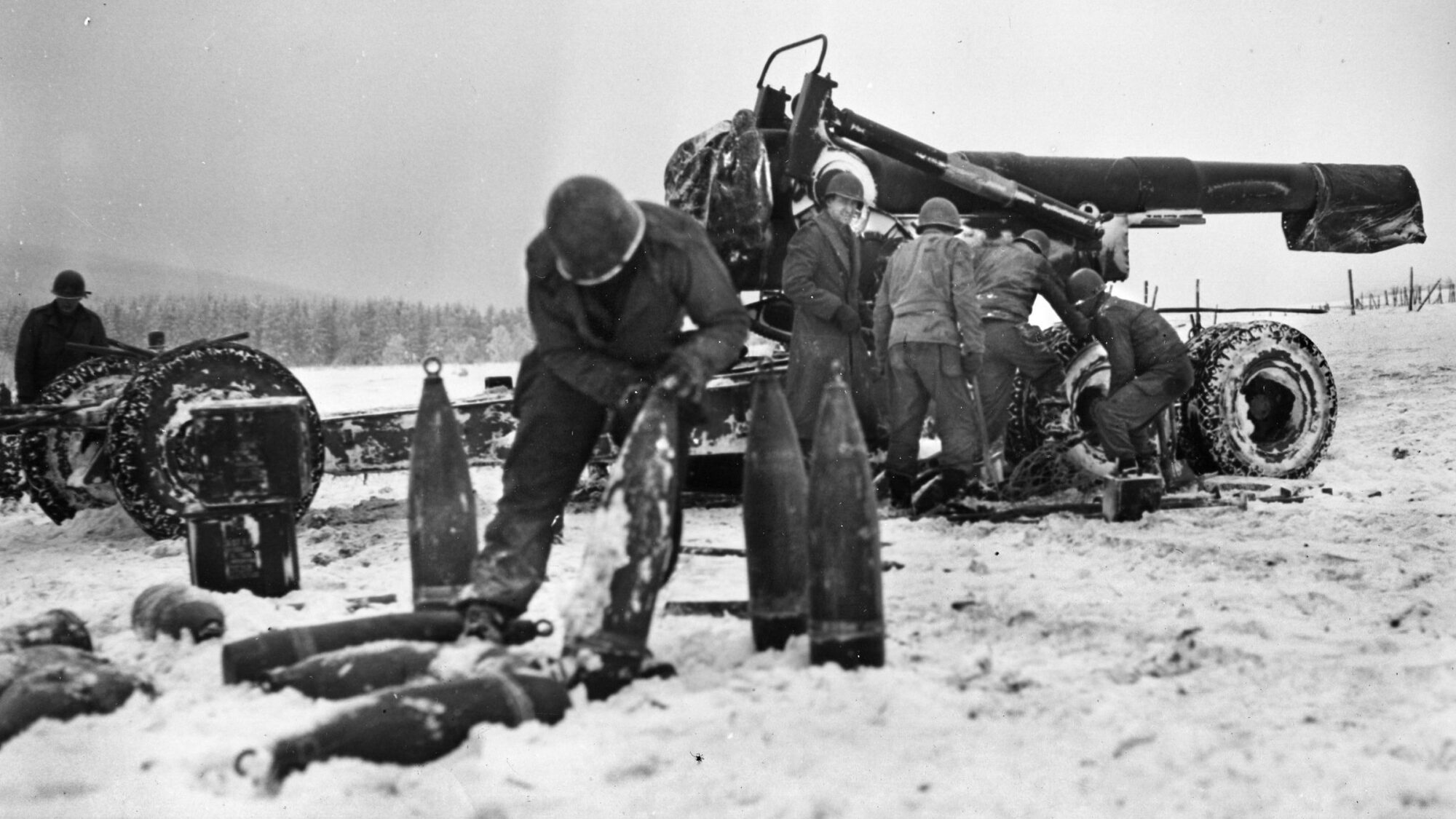

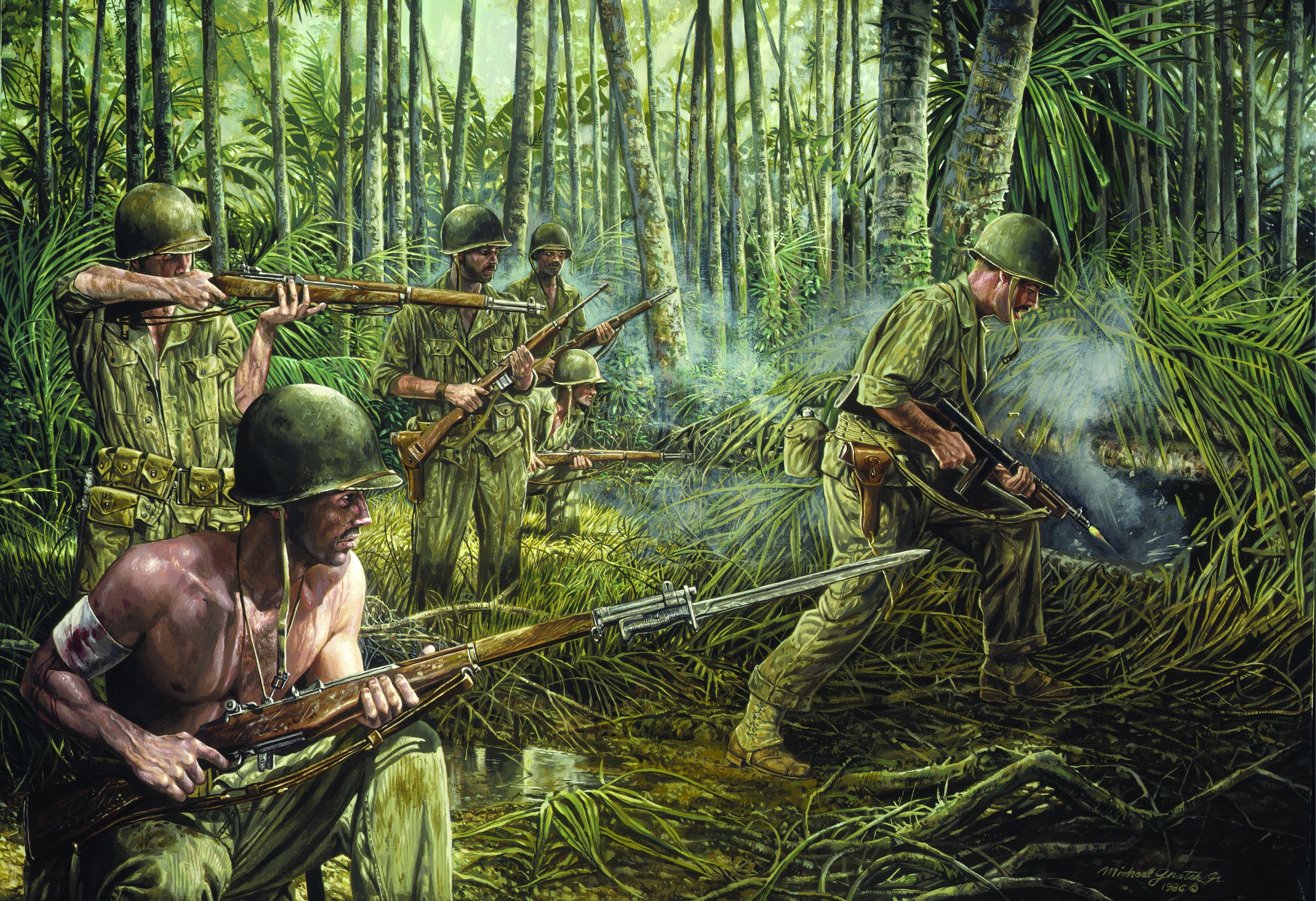
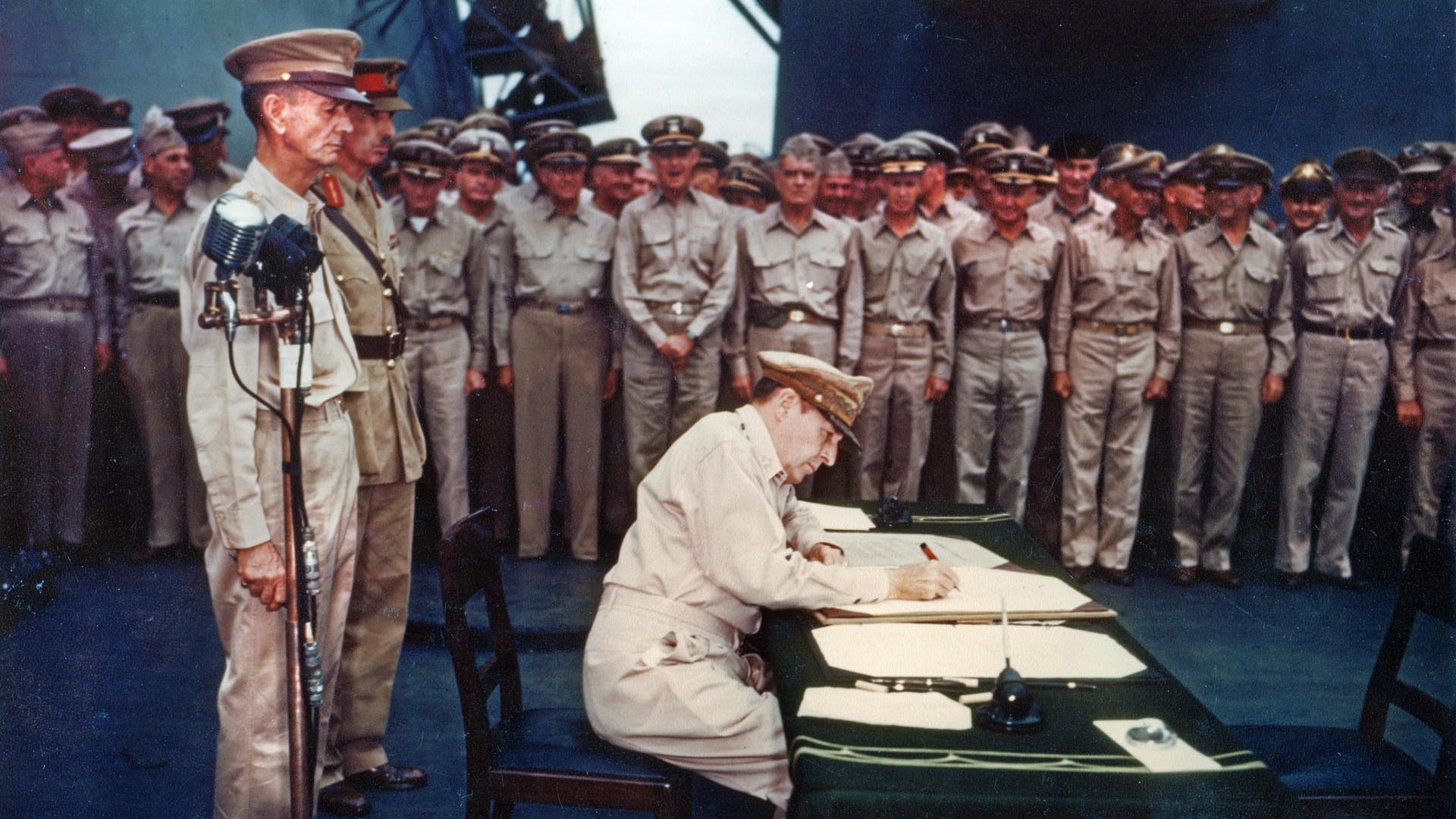
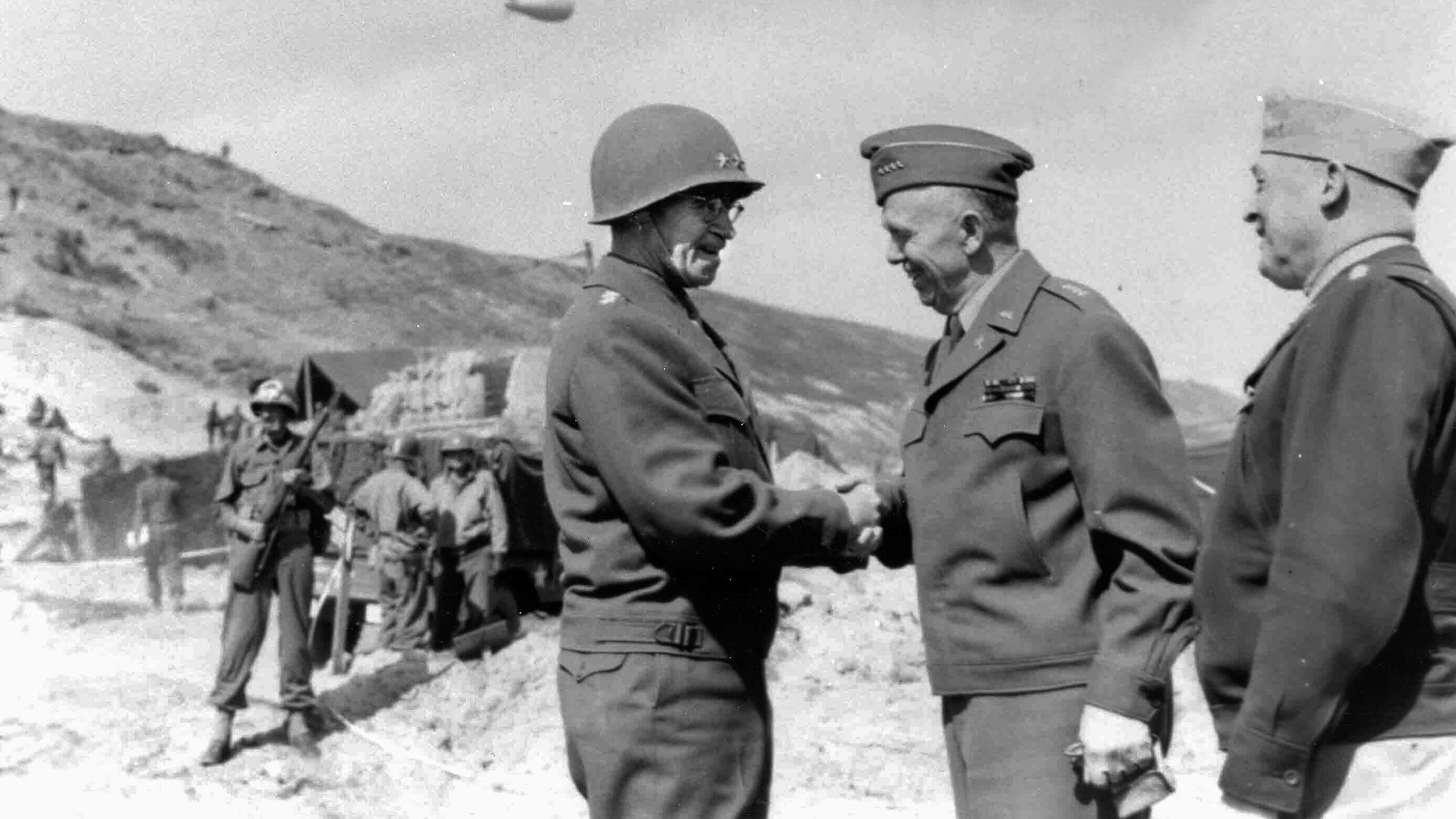
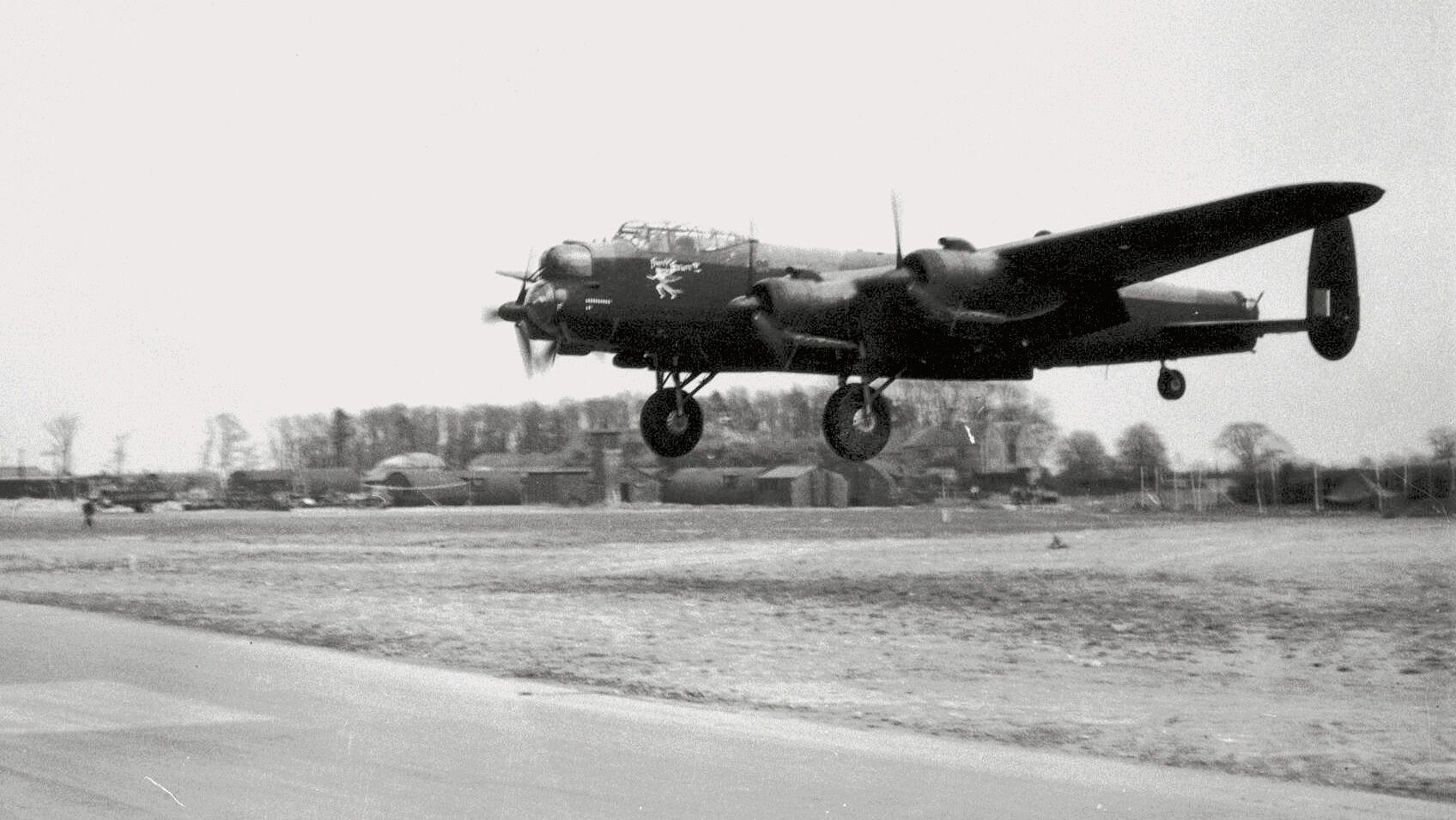
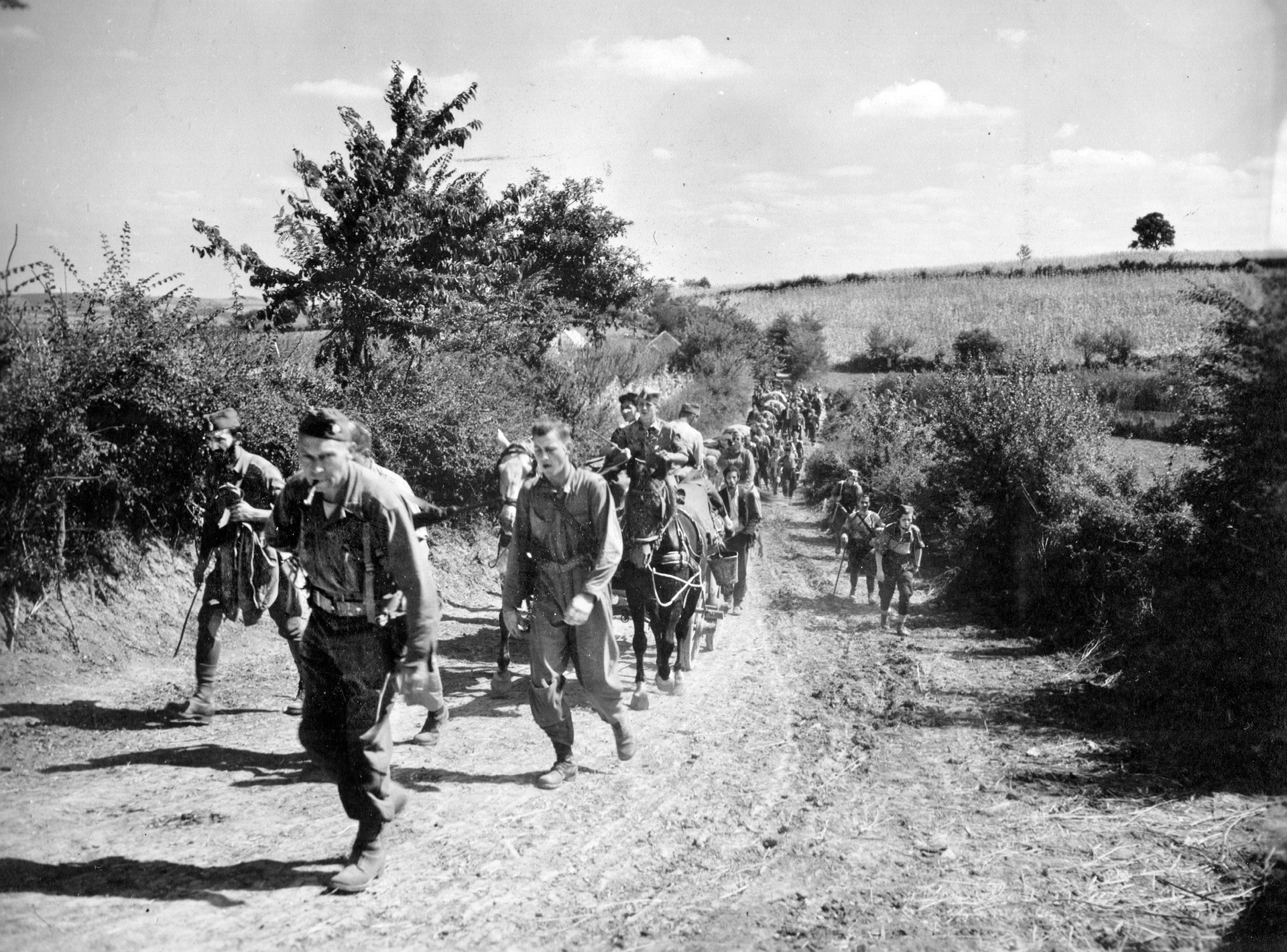

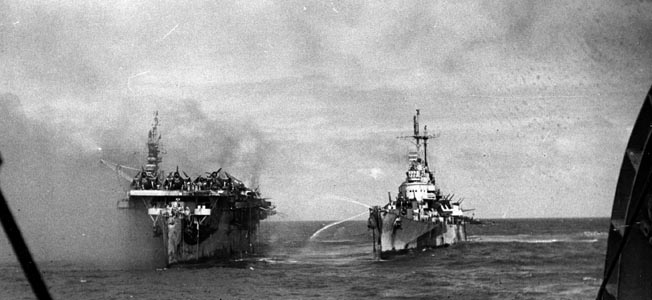
Thanks! SO INTERESTING & SO INFORMATIVE… Uncle Guy
The forward observer that that radioed in coordinates for the first barrage of artillary on the Germans in that forest was my uncle, Chester Logan. He spent the night in a snow drift directing the incoming fire to devastating impact. When he was found half-frozen the next morning, his comrades in arms convinced him that he really didn’t need to see the carnage that those shells caused. Because of the secrecy of the proximity fuse and concerns about the secret falling into German hands, he was using the call sign of an officer rather than his own. He was awarded a Silver Star but the citation was ambiguous because no one wanted to draw attention to that breach of protocol.
With apologies, you have Col. Axelson’s name incorrect. The commander of the 406th Artillery Group in December, 1944 was my grandfather Oscar Alfred Axelson, who was never named or known as “George”. He was a West Point alumnus (graduated with one of the early-graduating classes in 1918), served with both Coast Artillery and Field Artillery units, died in 1979, and is buried at West Point along with his wife, my grandmother Norma Rosa Axelson.